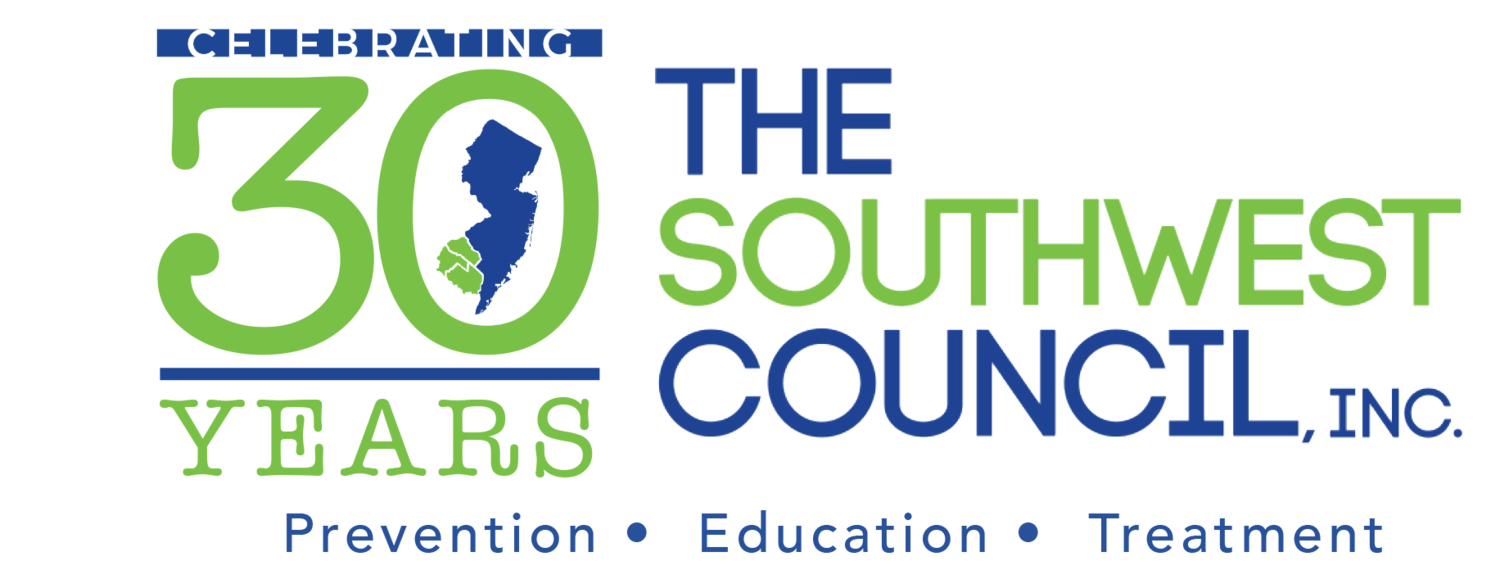by: Robert Regler
There’s arguably no stronger bond than the bond between parents and their children. Parents play a pivotal role in the development of their children and no one is around a child as much as their parents. While some parents may not be aware at the time, parents play a large role in reducing risk factors in their children and increasing the protective factors. These two factors play a role in a child’s chances in either engaging in delinquent activities as well as abstaining from them. One program the Southwest Council offers for families is the Strengthening Families Program. This program seeks to reduce these risk factors, increase protective factors, and increase bonds between parents and children.
Before I get into the overall makeup of the program, I want to further dive into what exactly risk and protective factors are. Risk factors are biological, psychological, and social characteristics that increase someone’s chances in participating in delinquent behavior. Risk factors for children can range from inadequate supervision at home to parents who use drugs and alcohol around their children. These risk factors increase a child’s chances in engaging in delinquent behavior now or sometime down the road. On the other hand, we have protective factors. It is probably obvious by now, but protective factors are that which decrease a child’s chances in engaging in delinquent behavior. These can include effective supervision at home, positive and effective communication between parents and children, and overall parental involvement.
The Strengthening Families Program is a seven-session for families with a child between the ages of 10 to 14. This program that seeks to increase protective factors while simultaneously decreasing risk factors. Each session covers a different topic that parents and children can take back into their home life. The session begins with a group dinner that the Southwest Council will provide. This gives the parents one less thing to worry about before attending the program and it also gives everyone participating in the program (including staff) to get to know one another. After the dinner has concluded, we split the parents and children up and do two separate sessions. Once these sessions conclude we come back together as a group for the family session. The parent and children sessions are different, but cover a similar topic that will be reinforced in the family session. In addition, each respective session aims to be engaging and tries to add a level of fun. What makes the parent session special is we typically have a diverse group of parents participating that can bring something unique to the table and hope they can learn from one another.
Each session in the Strengthening Families program will have its own individual theme. For example, one of the sessions we cover is peer pressure. We go over with the parents how to help their child with peer pressure and we teach the children how to cope with it. During the family session we go over specific peer pressure situations and even have the parents and children act them out.
The Southwest Council is grant funded, so when we hold the Strengthening Families Program, it comes at no cost to the participants. If you would like more information about this program or would even like to participate in one down the road, please feel free to reach out at (856) 794-1011 or visit us online at www.southwestcouncil.org.






